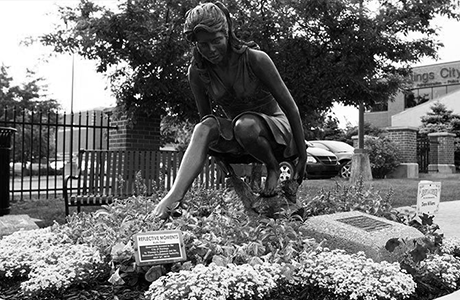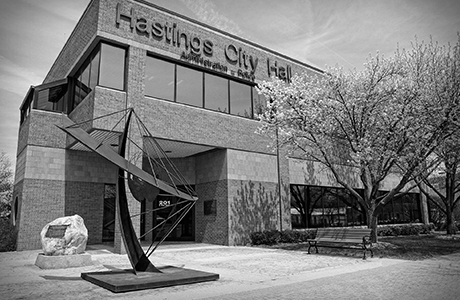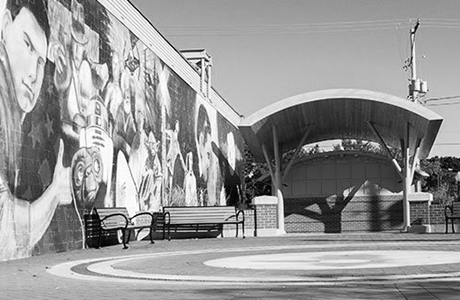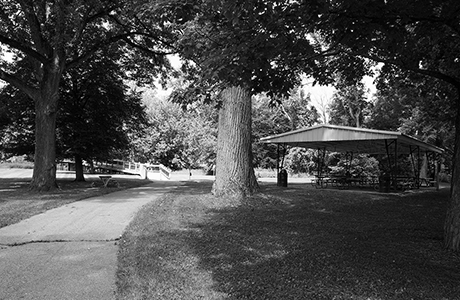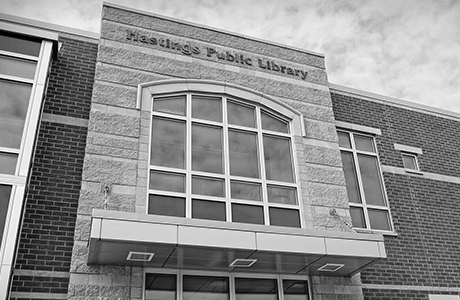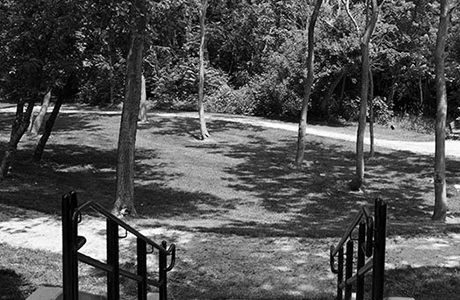Water Treatment Plant
The City of Hastings is supplied by three water supply wells, which pump to an iron removal treatment plant where five high service pumps convey treated water to a distribution system of nearly 53 miles of water main ranging in size from 2 to 20 inches in diameter. The Water Treatment and Distribution Division oversees the Municipal water system for the City and typically provides 800,000 to 900,000 gallons of water per day to City residents and businesses. The distribution system has 500,000 gallons of water storage in two (2) elevated water storage tanks and 1,000,000 gallons of water storage in one (1) ground water storage tank. The municipal water system currently services over 2,700 customers.
Source Water Wells:
Three wells are used to convey water to the water treatment plant. The individual capacities of these wells, numbered 1,3, & 4, are 1,830 gpm, 1,400 gpm, and 1,760 gpm respectively. The total capacity of wells 1, 3, and 4 is approximately 4,990 gpm or 7.2 mgd. The nominal firm capacity of wells 3 & 4 (assuming well 1 is out of service) is about 3,160 gpm or 4.55 mgd. However, during flow testing for our Reliability Study we found that the actual capacity of wells 3 and 4 in combination was about 2,620 gpm or 3.77 mgd.
Water Distribution Mains:
The City of Hastings has a complex network of water mains providing transmission and distribution to City customers. The City contains approximately 5.2 square miles and water customers are supplied through a distribution network consisting of nearly 53 miles of water mains ranging in size from 2 inch to 20 inch. The oldest distribution mains are primarily 4 inch and 6 inch cast iron pipe. Newer distribution mains are 8 inch diameter and larger ductile iron pipe.
A grid of transmission mains (12 inch and larger) has been constructed throughout the service area on the primary streets and is looped with the exception of a few segments. Plans are being made to complete the transmission looping along Clinton Street, Dibble Street, West State Road, Taffee Drive, Colfax Street, and Blair Street. These projects will be completed by Department of Public Services personnel within the next five to seven years.
Storage Facilities:
The City maintains one ground storage reservoir at the water treatment plant and two elevated water storage tanks. The ground storage reservoir located at the intersection of Mill Street and Church Street has a water storage capacity of 1,000,000 gallons. The concrete tank was built in 1992 with the construction of the iron removal water treatment plant. This tank provides the storage primarily for peak hour and fire flow demands. Approximately 25% of the reservoir volume is pumped daily into the distribution system to minimize water stagnation.
The north elevated water storage tank was constructed in 1948 and is located along Colfax Street at the Jefferson Street extension. The steel tank has a storage capacity of 200,000 gallons and an overflow elevation of 973 feet. The south elevated storage tank was constructed in 1949 and is located along south Broadway between Oliver and south street. This steel tank has a storage capacity of 300,000 gallons and an overflow elevation of 971 feet.
Booster Pump Station:
The City of Hastings operates and maintains one booster pump station near the intersection of Woodlawn Avenue and Church Street which boosts the water flow and pressure to the northern most area of the City north of Woodlawn Avenue. The Booster Pumping Station was constructed in 2009 and pressure reducing/check valves were installed along Woodlawn Avenue to isolate the area and establish the north pressure district.
The booster station consists of one jockey pump, one peak flow pump, and two fire flow pumps. The 75 gpm jockey pump is operated for continuous, low flow water supply and the peak flow pump, rated at 200 gpm is used for higher daily water usage. The fire flow pumps are operated during extreme water demand conditions and are rated for 500 gpm.
Standby Power:
The City of Hastings owns and maintains a 200 kw portable diesel generator that can be connected to a generator receptacle at well 1 and well 3 in the event of a power outage. Emergency standby power is not available at the water treatment plant so if the normal power supply is lost well 1 or well 3 would bypass the water treatment plant and pump directly to the distribution system. Very seldom is the normal power supply lost at both the water and wastewater treatment plants at the same time, but on those rare occasions that it does the City will rent an additional generator so that we can keep both plants running.
Residential Cross Connection Inspection Information:
EGLE now requires public water systems to implement a cross-connection control program addressing residential water service connections. This may include receiving a visit to your home by a qualified inspector. For more information about the residential cross-connection control program, click this link.


